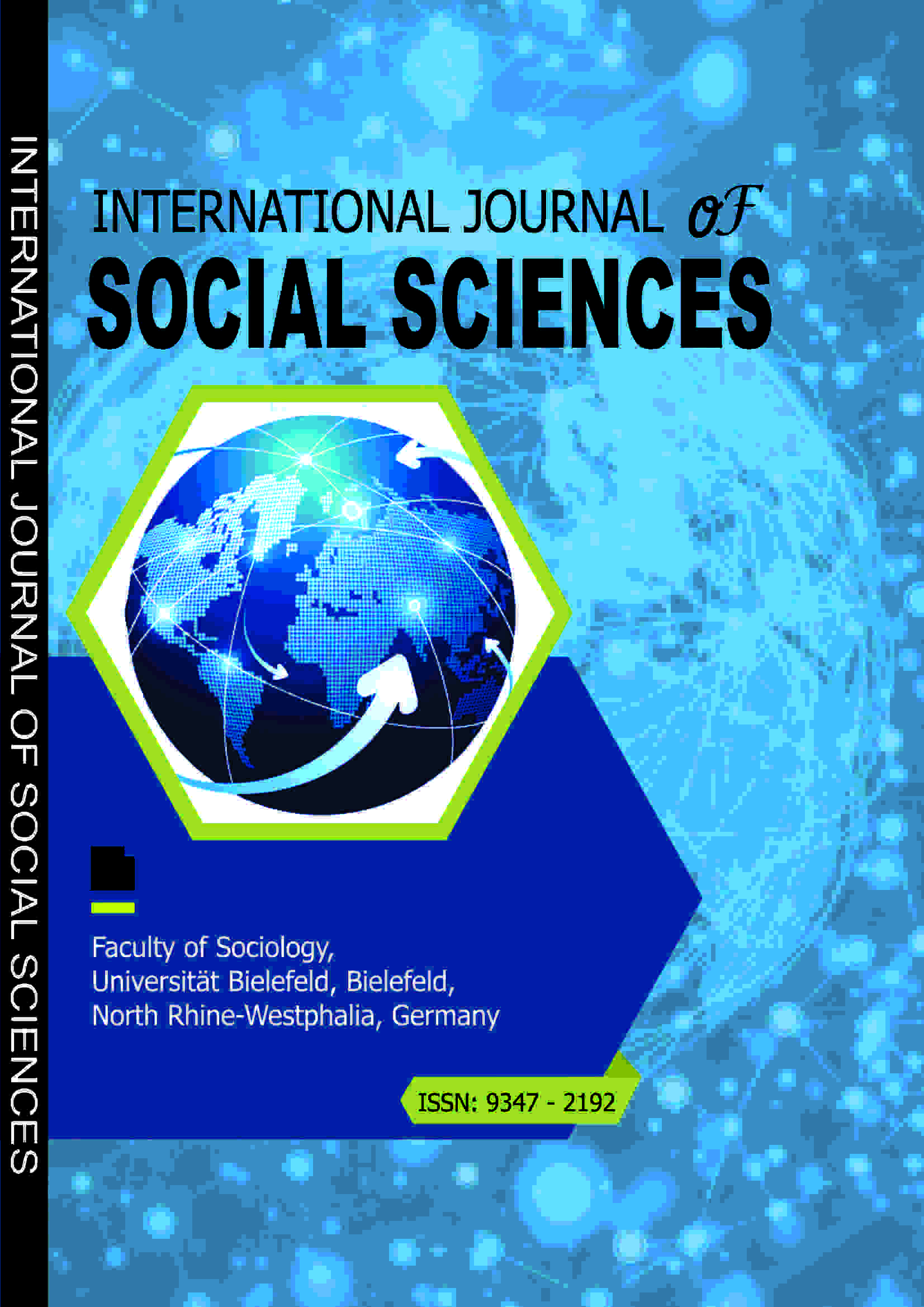INTERNATIONAL JOURNAL OF SOCIAL SCIENCES (IJSS)
USA Strategies to Asia: An Analysis from Realist Perspective
E-ISSN: 7885-4322
P-ISSN: 9347-2192
DOI: https://iigdpublishers.com/article/494
Southeast Asia derives its strategic importance mainly from its location at the intersections of the development of military force, technologically advanced and industrialized countries in northeast Asia to the north, the oil-rich Middle East and Indian subcontinent to the east and Australia to the south. It is also an area with vast untapped valuable resources and intersection of the highest trade and commerce routes of the globe. The U.S has established a strong position in Southeast Asia since the end of World War II that has given much peace. The substantial investment and infrastructure advancement culminated in an accelerated post-war recuperation of the ravaged area that also aided China (now the Financial Gigantic of the Globe) towards rapid economic growth. During most of the Cold War and in the Vietnam War Southeast Asia resounded. United States changed its emphasis from defense to economic matters in Southeast Asia after the end of the Cold War. Market entry' and' market expansion' became the main phrases of US foreign policy for this area, that centered on the Asia-Pacific Forum on Economic Cooperation. Upon assuming office, President Trump reiterated his promises and policy positions for greater emphasis and involvement in the Asia-Pacific region by rewriting it as an Indo-Pacific region to tackle North Korea's imminent threat and ensuring friends of unstinting American commitment for continuing involvement in the region. This is an academic discussion; thus opinions expressed in this work are the views of the researcher himself.
Shujahat Ali, Muhammad Fahim Khanb & Nabila Aftabc
Noer, J. H., & Gregory, D. (1996). Chokepoints: Maritime Economic Concerns in Southeast Asia.
National Defense UNIV Washington DC INST for National Strategic studies.
Bowling, B., &Sheptycki, J. (2012). Global policing. Sage.
Bower, E. Z., Hiebert, M., Nguyen, P., & Poling, G. B. (2015). Southeast Asia's Geopolitical Centrality and the US-Japan Alliance. Rowman& Littlefield.
Clinton, H. R. (2010). Secretary of State, speech on ‘America’s Engagement in the Asia Pacific’. Kahala Hotel, Honolulu, Hawaii, 28.
